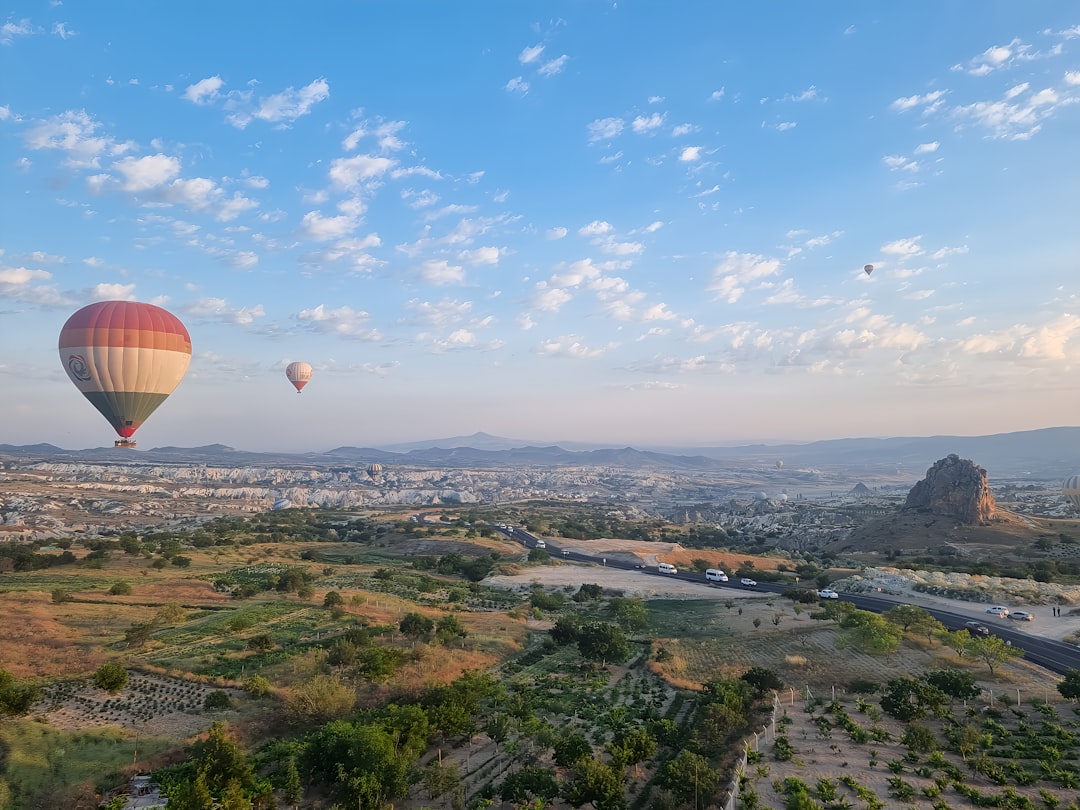
The Ultimate Travel Itinerary for Europe: Your 2-Week Adventure Awaits.
## Introduction. Europe is a continent rich in history, culture, and diverse landscapes, making it a dream destination for travelers. Whether you're exploring ancient ruins, indulging in culinary delights, or wandering through breathtaking landscapes, Europe has something to offer everyone. This ultimate travel itinerary will guide you through a thrilling journey across some of the most iconic cities and hidden gems that this magnificent continent has to offer, all within a 14-day timeframe. ## Day 1-3: London - A City of History and Innovation. Begin your European adventure in London, one of the world’s most vibrant cities. Spend your first day exploring iconic landmarks such as the Tower of London, Buckingham Palace, and Big Ben. Take a leisurely stroll through Hyde Park, and in the evening, immerse yourself in the cultural scene by watching a West End theater production. On the second day, delve deeper into London's historical significance. Visit the British Museum to see artifacts from around the world, including the Rosetta Stone. Have lunch at Borough Market, where you can sample local and international delicacies. Consider taking a river cruise on the Thames for a unique perspective of the city's skyline. On your final day in London, dedicate time to exploring its eclectic neighborhoods. Discover the artsy vibes of Shoreditch and Camden for their street art and unique boutiques. If time permits, take a short trip to Windsor Castle, the oldest and largest inhabited castle in the world. ## Day 4-5: Paris - The City of Love. Travel from London to Paris via the Eurostar, which takes just over two hours. Start your Paris adventure with a visit to the Eiffel Tower, where you can enjoy breathtaking views of the city from above. Spend the evening along the Seine, savoring a classic French meal at a quaint bistro. On the following day, immerse yourself in art and history at the Louvre Museum. Make sure to see iconic masterpieces like the Mona Lisa and the Venus de Milo. After lunch, spend the afternoon strolling through the charming streets of Montmartre, visiting the Sacré-Cœur Basilica and exploring local shops. Don’t forget to try some macarons at a local patisserie! ## Day 6-7: Rome - A Journey Back in Time. Fly from Paris to Rome, where a wealth of ancient history awaits you. Begin your stay in Rome with a visit to the Colosseum and the Roman Forum. Delve into history while touring these impressive ruins. In the evening, find a charming restaurant in Trastevere, famous for its authentic Italian cuisine. Dedicate your second day to Vatican City. Explore St. Peter's Basilica and the Sistine Chapel, marveling at Michelangelo's masterpieces. Afterward, take time to wander the streets of Rome, stopping by the Pantheon and tossing a coin into the Trevi Fountain—don’t forget to make a wish! ## Day 8-10: Barcelona - A Cultural Mosaic. Next, you’ll fly to Barcelona, a city renowned for its art and architecture. Start your exploration with Antoni Gaudí's masterpiece, the Sagrada Familia. Spend the afternoon strolling through the Gothic Quarter, where winding streets and historic architecture abound. On day nine, dive into Gaudí’s unique style by visiting Park Güell, followed by an afternoon at the beach. Claim your spot on Barceloneta Beach and relax on the sandy shores. In the evening, indulge in tapas at a local restaurant, experiencing the lively essence of Spanish cuisine. On your final day in Barcelona, visit the Picasso Museum and enjoy the artistic atmosphere. Consider visiting Montjuïc for stunning views and perhaps catch a performance at the iconic Magic Fountain. ## Day 11-12: Amsterdam - The City of Canals. Travel by flight from Barcelona to Amsterdam, a city characterized by its picturesque canals and vibrant culture. Start off with a visit to the Anne Frank House, a poignant reminder of history, followed by a leisurely bike ride through Vondelpark. On day twelve, explore the rich history of Dutch art at the Van Gogh Museum and Rijksmuseum. In the afternoon, embrace the city's charm with a canal cruise, which will give you a different perspective of the cityscape before enjoying dinner at a cozy canal-side café. ## Day 13-14: Prague - The Fairytale City. Your final leg will take you to the enchanting city of Prague. Spend your first day exploring Old Town Square, the Astronomical Clock, and the historic Charles Bridge. Enjoy traditional Czech cuisine at a local restaurant in the evening. On your last day in Prague, visit the impressive Prague Castle and stroll through its beautiful gardens. Conclude your trip with a memorable dinner cruise on the Vltava River, reflecting on the incredible journey you’ve had throughout Europe. ## Conclusion. This ultimate travel itinerary for Europe offers a blend of history, culture, and unforgettable experiences, ensuring that every moment is well spent. With a bit of planning and an adventurous spirit, your European escapade will be one for the books. Embrace the diversity that each destination has to offer and create memories that will last a lifetime. ### Safe Travels! Traveling is not just about the places you go, but the moments and connections you make along the way. Don’t hesitate to stray from the itinerary to uncover hidden gems along your journey. .








